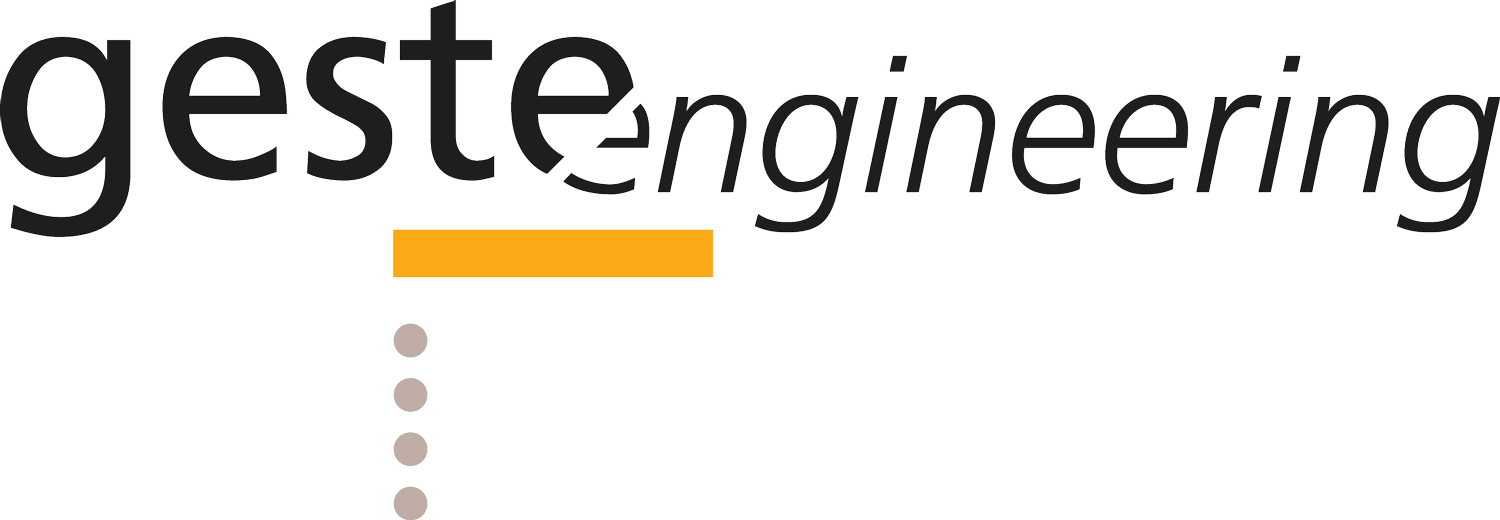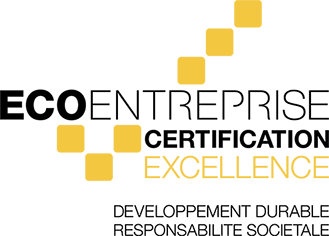History
A story of innovation, of men and women
1999
Above all, the story of GESTE is a story of innovation.
On 5 April 1999, 5 researchers from the Federal Institute of Technology in Lausanne (EPFL) – including Michele Mossi, GESTE's current CEO – finalised their project under study for several months by creating, in the heart of EPFL's innovation district, their start-up GESTE: an acronym for Groupe d’Étude de Systèmes de Transport dans leur Environnement (Study Group of Transport Systems in their Environment).
GESTE arose as a spin-off from the Swissmetro project, an innovative transport project aimed at transporting passengers at high speed (600 to 700 km/h) in a small diameter (5 m) tunnel under partial air vacuum (10% of atmospheric pressure), with pressurised vehicles in magnetic levitation and powered by linear electric motors (maglev). This concept has now been taken up by the various Hyperloop projects, and GESTE is pleased to contribute.
Once it had been founded, GESTE, through its CEO, took over the management of this research project and maintained it until federal funding ran out in 2004. It was the first mandate, followed by other research and innovation mandates linked to EPFL.

2000
The year 2000 saw the start of new challenges: the first non-academic mandates or those not linked to research projects and the first non-founding employee; it also saw the launch of a new start-up, AISTS (International Academy of Sports Sciences and Techniques) aists.org, which has operated independently since then.
2001
In 2001, GESTE as a simple partnership became GESTE Engineering SA, a public limited company owned by 4 of the 5 initial partners. To mark this transition, an ad hoc logo was created, bringing together the words GESTE and Engineering as well as 4 points symbolising the 4 partners. This logo was used until 2014.
The development of Swissmetro, in particular the study of a section between the cities and airports of Zurich and Basel, remained GESTE's flagship project.

2002
The Swiss people's acceptance of the brake on debt and the Confederation's financial difficulties, primarily linked to the airline Swissair's crisis and the additional costs of the national exhibition Expo.01 (which then became Expo.02), led to a rescaling of federal support for the Swissmetro project: GESTE had to seek new challenges.
It found them by offering the rail world its expertise developed within the Swissmetro project, in particular its deep knowledge of risk analysis and its mastery of the new CENELEC 50126-28-29 standards. The first applications were the new Swiss ETCS-L2 rail lines, the Mattstetten-Rothrist pilot section and the Lötschberg base tunnel.
2003
As the latest milestone in federal funding for the Swissmetro project, GESTE published its technical and economic feasibility study of a Swissmetro section between the cities and airports of Zurich and Basel.
GESTE only had 3 employees and a few small projects, but Michele Mossi still believed in it and was fully dedicated to developing the engineering office. He bought all of the company's shares and became the sole shareholder.
2004
And so it continued. 2003's work on contacts and acquisitions was bearing fruit. GESTE won an important mandate for the Lötschberg base tunnel's safety and a mandate for aerodynamic studies of railway tunnels in Portugal. At the end of the year, a multi-million mandate arrived in the form of ETCS-L2 signalling engineering for the Gotthard base tunnel.
To tackle these projects, the team was strengthened with the arrival of Roland Hofstetter, a young graduate, and Michel Baud, a young Swiss Federal Railways retiree and expert in railway signalling, both still loyal to the company 15 years later.
2005
Michel Baud joined GESTE's Board of Directors as Vice Chairman.
2006
GESTE continued to grow and widen its scope of business by strengthening its activities in the field of railway signalling, safety and tunnel ventilation. The new projects were significant and international, such as the Lyon-Turin base tunnel or the Naples and Lausanne metros.
The workforce grew and reached 8 employees.
2007
GESTE successfully took part in the commissioning of the Lötschberg base tunnel, working as a safety/RAMS engineer, signalling and test engineer, as well as being jointly in charge of validating the ETCS-L2.
2008
Dominique Joubert joined GESTE and actively participated in developing and commissioning the Lausanne metro m2, Switzerland's first driverless metro line. GESTE contributed to this by working on ventilation, safety, system engineering, automation and signalling.
2008 also saw the opening of an office in Bern, a stone's throw from the station, to facilitate GESTE's activities on the AlpTransit Gotthard project.

2011
To ensure its growth and with a view to continuous improvement in quality management, GESTE appointed a quality and controlling manager, Ms Christelle Fabry, and, with her, obtained its first ISO 9001:2008 certification.
2012
2012 was a pivotal year for developing activities in the rail and urban sector.
With the arrival of Patrice Foti from Swiss Federal Railways, GESTE's activities in the rail sector took off, also supported by significant cantonal and federal investments to strengthen the speed and capacity of regional lines.
In the urban field, GESTE participated in developing the Areva CBTC for the Lyon metro and, above all, began an important collaboration with the Brussels Intercommunal Transport Company to automate the Brussels metro, a project which is likely to continue until 2025.
2014
GESTE now had 23 employees and enthusiastically celebrated its first 15 years, inaugurating its new, modern logo.

2016
GESTE's growth continued with the creation of its first subsidiary, GESTE Engineering France SAS, and the opening of an office in Paris, in the heart of the Halles district. Under the direction of François Rosati, GESTE developed an excellent collaboration with RATP (Autonomous Operator of Parisian Transportation) and obtained several mandates for the Grand Paris Express project.
Always sensitive to the environment, and keen to ensure its projects were designed and executed with respect for the environment, GESTE obtained ISO 14001:2015 certification. The GESTE Group, with sites in Lausanne, Bern and Paris, now had 39 employees.

2017
The growth of activity on the automation of Lines 1 and 5 and the extension of Line 3 of the Brussels metro led us to recruit new local engineers and, in the process, to create our second subsidiary, GESTE Engineering Belgium SA.
The GESTE Group had 43 employees and was still growing.

2019
GESTE, which now exceeds 70 employees, reorganises its activities and services into 5 departments (Rail, Urban, Road, Buildings, Innovation) and 9 sectors (System Engineering, Energy, Signalling & Automation, Track, Vehicle, Equipment, Safety, Ventilation & Flows, Fire Safety)
At the Olympic Museum in Lausanne, the Group, proud of its employees and its development, celebrates 20 years of business in front of around 200 people.
To mark this event and its social and sustainable commitment, and as an expression of its human management of the company, GESTE is certified EcoEntreprise Excellence Sustainable Development and Social Responsibility.
2020
Following the growth of the activities in the South of the Alps - among others for Alptransit Gotthard, the Canton of Ticino, FART (CH) and SSIF (I), CFF and FLP - and in order to concretize the will to ensure a local service, GESTE Engineering SA opens an office in Viale Officina 8 in Bellinzona and appoints the engineer Roberto Avanti at the head of the representative office for the Italian part of Switzerland as well as of the ROAD department.


